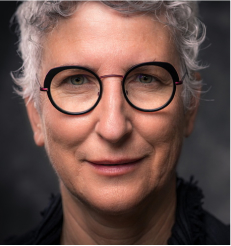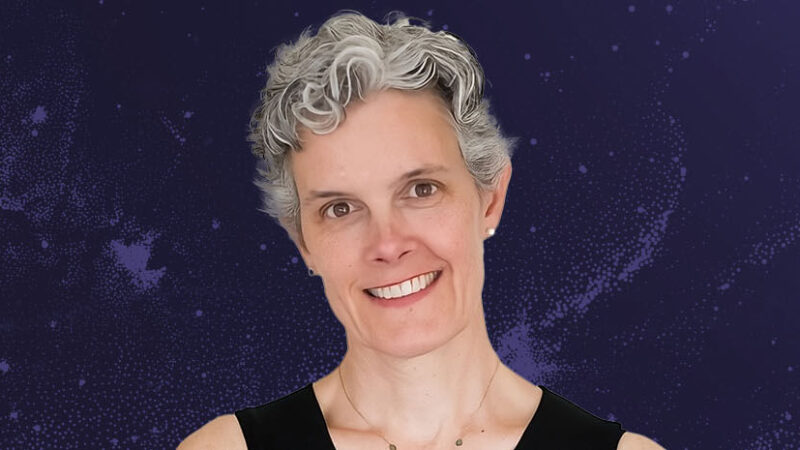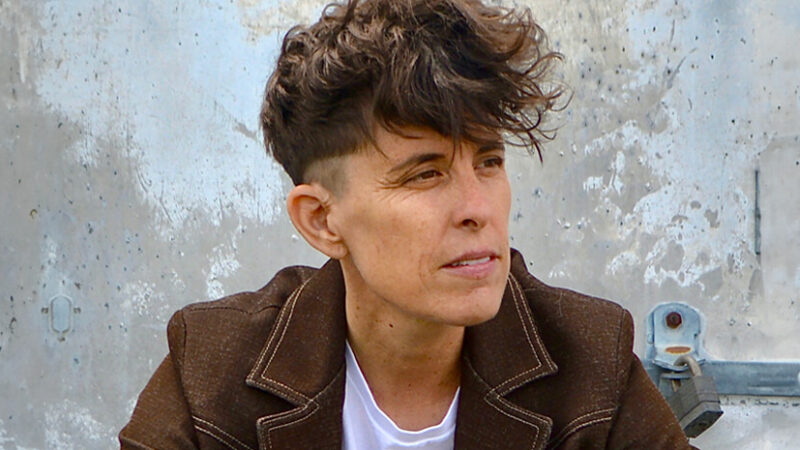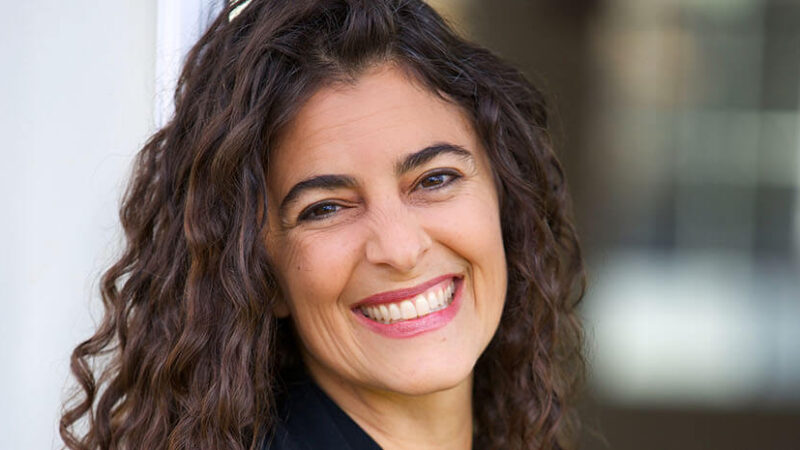Archetypal Wounds and Their Healing Fields
Mario Martinez is a clinical neuropsychologist and the founder of biocognitive science—a new paradigm that identifies complex discoveries of how our cultural beliefs affect our immune, nervous, and endocrine systems. With Sounds True, he has written a new book called The MindBody Code. In the first half of a two-part interview, Mario spoke with Tami Simon about how our cultural assumptions can affect our health and well-being. They also talked about archetypal wounds of shame, betrayal, and abandonment—as well as their corresponding healing fields of honor, loyalty, and commitment. Finally, Mario and Tami spoke on what means to feel worthy of making meaningful change in one’s life. (61 minutes)









